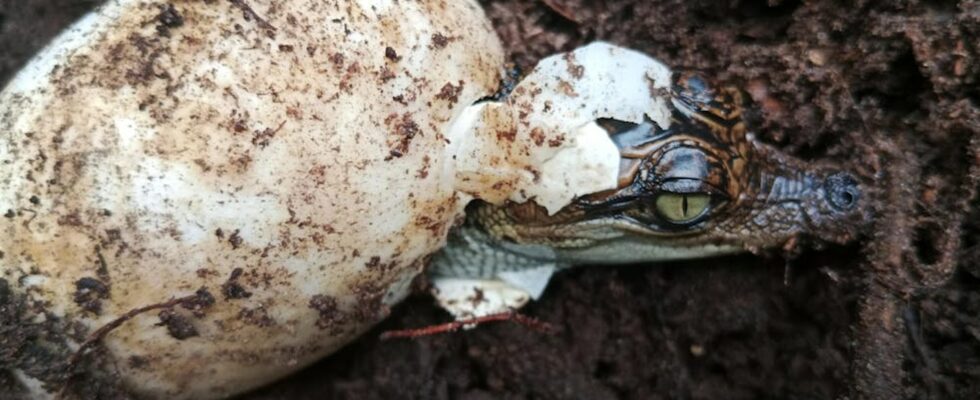The Siamese crocodile, which swims around in the Cardamom Mountains National Park in Cambodia, has found new species. Now 60 crocodile eggs have hatched. It is the largest number of baby Siamese crocodiles seen since the turn of the millennium – and it is good news for the survival of the species. With approximately 400 Siamese crocodiles worldwide, the species is namely categorized as critically endangered on the environmental organization IUCN’s international red list of species. The nature protection organization Fauna & Flora, which has been trying to restore the population in Cambodia for two decades, calls the newborn baby crocs “a real sign of hope for the future of the species”. Pablo Sinovas, who heads Fauna & Flora’s conservation program in Cambodia, is delighted with the new babies. – The latest discovery of wild nests underlines the crucial importance of protecting the area. With only a few hundred left in the wild, the hatching of the new 60 crocodiles is a huge boost, he states in a press release and adds: – At a time when biodiversity in the wetlands is falling drastically throughout the region, it highlights the potential for natural recovery through continuous conservation efforts. An effort that gives potential At one point the Siamese crocodile was widespread in almost all of South Asia, but after intensive hunting and agriculture it was thought that the species had become extinct. In 2000, the up to four meter long crocodile species was rediscovered. Since then, Fauna & Flora has worked closely with the local population and the Cambodian government to increase the population. In addition to protecting the crocodiles’ habitats against, among other things, forest clearing and poachers, they have also bred Siamese crocodiles and released them into the open – and this has borne fruit. Since 2012, 196 new crocodiles have been born. Back in May, a group of locals, who live near the Cardamom Mountains, discovered three wild nests in an area where the established crocodiles have never been released. A few days later, two other nests were discovered in another area of the national park, and at the end of June the 60 new crocodile cubs saw the light of day. According to Fauna & Flora, it suggests that the long-term protection efforts are helping the crocodile population to recover. Toy Chorn, who works in the national park and helped discover and protect the nests, is also optimistic on behalf of the species. – This discovery indicates that conservation efforts have worked, and I believe that with our conservation efforts the population of Siamese crocodiles will continue to rise in the future, he says in the press release.
ttn-70
The crocodiles are making a comeback in Cambodia

